Berlin. For lovers of industrial architecture, brick romance and lost places, Berlin Schöneweide is one of the best photo locations in Berlin. The tour takes you from Schöneweide S-Bahn station along the banks of the Spree, where the former "cathedrals of labor" are lined up like a string of pearls over a length of three kilometers. Nowhere else you can experience Berlin's industrial culture in such a small space as here in "Elektropolis". The industrial monuments made of the yellow Oberschöneweider clinker brick still set standards today and enchant you with their history and their morbid charm of nowadays.
Unassigned, unpaid advertising. The article contains affiliate links.
Highlights of the Photo Tour of Industrial Architecture in Berlin Schöneweide
- Brick romanticism and "Oberschöneweider Klinker" in neo-Gothic and neo-Renaissance style
- Morbid charm of the vacant buildings
- Large window fronts and steep views
- Many details, old signs, writings, doors and reliefs
- Crane runway and crane house
Route to the Industrial Architecture in Berlin Oberschöneweide
Getting there
The best way to get there is to take the S-Bahn to Schöneweide. The station building is already a nice introduction to the photowalk, because it is also built of bricks and currently also exudes a slightly morbid charm (construction work is being carried out).
At the end of the tour, you can take the streetcar line 60 or 67 in Wilhelminenhofstraße and be back at the Schöneweide S-Bahn station in a few minutes.
Here you can jump directly to the individual industrial sites:
#1 Bärenquell Brewery
#2 Treskow Bridge
#3 Spreehöfe
#4 Rathenau Halls
#5 Reinbeckhallen and Industrial Salon
#6 Oberspree Power Station and Transformer Station
#7 Oberspree Cable Plant (KWO) and University Campus
#8 Crane Runway and Crane Cafe
#9 Peter Behres Building
#10 Batteries and Accumulators Factory
When is the best Time for a Photo Tour?
A Sunday is the best time for a tour of Berlin's industrial architecture. That's when there's the least traffic and you have peace and quiet for a relaxed search for motifs. The tour is interesting after an extensive rain, because then the buildings are reflected in the water surfaces. In addition, a rather soft light with cloudy sky is suitable for the old brick buildings. This gives your photos a "moody look". When I was on the street, however, the sun came through and the sky was blue. I therefore helped a bit in the later post-processing of the photos and desaturated the blue. So the buildings come much better into their own.
Brief History of the Industrial Location Berlin Schöneweide
At the end of the 19th century, Berlin-Oberschöneweide became one of the most important urban factory districts in Germany. Under the leadership of the Allgemeine Elektrizitäts-Gesellschaft (AEG), Europe's first three-phase power plant, a modern cable factory and other electrical and automotive industry plants opened here. The waterfront location on the banks of the Spree, the proximity to the railroad, and the resident three-phase power plant made the area a perfect location. In addition, there was something here that was no longer available in the Berlin city center: space. Factories and production halls line up along the banks of the Spree River for about three kilometers like a string of pearls. The architects Peter Behrens, Osmar Klemm and Ernst Ziesel created a uniform-looking factory town here from the yellow Oberschöneweide clinker. "Elektropolis" was born.
Most of the factory buildings survived the two world wars unscathed. In GDR times, production continued here in Volkseigene Betriebe (VEB). With about 30,000 employees, Oberschöneweide was an important center of the energy industry at that time. With the fall of the Berlin Wall, however, most of the jobs were lost and the cathedrals of labor lost their significance. Today, some of the buildings are still empty. Of the long-established companies, only the Kabelwerk still produces in part of the halls originally used, as well as BAE Batterien GmbH. They are joined by a number of start-ups, small and medium-sized enterprises as well as artists and creative people. Since 2009, parts of the old cable factory have been used by the Berlin University of Applied Sciences. For other factory halls, such as the Rathenau Hallen, development for a new use is also planned in the near future.
Tip: However, the history of Berlin's industrial companies also has its dark sides. The Documentation Center for Nazi Forced Labor in Niederschöneweide is a reminder of these. Address: Britzer Strasse 5.
#1 Bärenquell Brewery
The first stop on the photo tour of industrial architecture in Berlin Schöneweide is the former Bärenquell Brewery. Beer was brewed here as early as 1882 at the Borussia Brewery. In 1898, the Borussia brewery was then bought by Schultheiss-Brauerei AG. During the GDR era, the six East Berlin breweries continued to operate as VEB Berliner Brauereien from 1959. The former Borussia brewery was then given the new name Bärenquell-Brauerei. After reunification, the Treuhand took over the company in 1990 and privatized it. Production continued for another four years and finally ceased on April 1, 1994. Since its closure, the site has changed hands several times. So far, there are no concrete plans for a new use and development. Instead, vandalism, theft and decay characterize the historic buildings.
The oldest buildings on the brewery grounds are the officials' residence (1882) and the administration building (1888). Both date back to the time of the Borussia brewery. Most of the other buildings were only erected between 1901 and 1928. The newest building is the New Brewhouse from 1969. All buildings are made of red brick, but in different architectural styles. One can find elements of Neo-Renaissance, Neo-Gothic with castle-like construction, Expressionism as well as Modernism. The old brewery has been a listed building since the 1980s.
Unfortunately, the area is not accessible, fenced with barbed wire and also video monitored. But there are some nice photo opportunities from the outside as well.
Address: Schnellerstraße 136 - 137
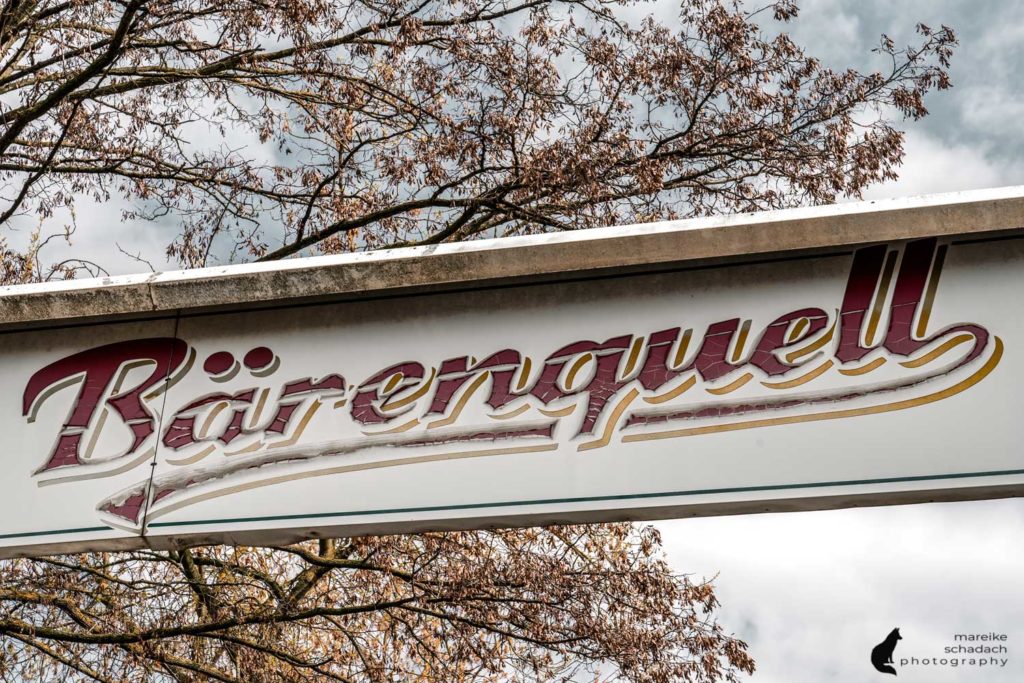
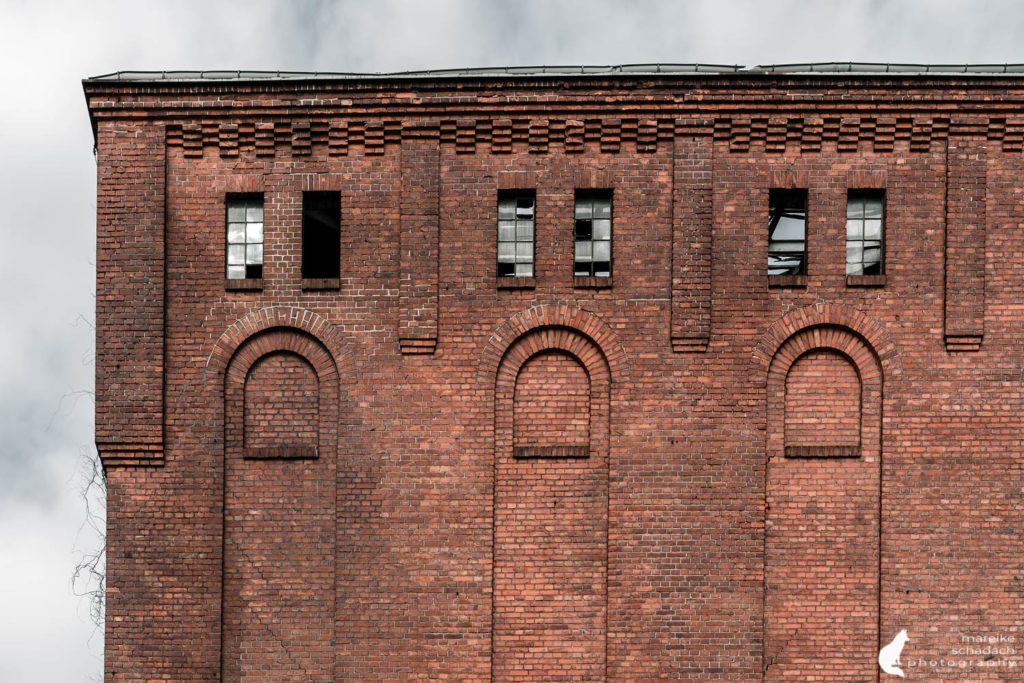
#2 Treskow Bridge
The Treskow Bridge is not an industrial building in itself, but you have a good view of the Spreehöfe and the Rathenau Hallen. Here you can live out your creativity and discover many interesting perspectives (see cover picture).
The first Treskow Bridge was opened in 1904. But already a few years later the bridge was no longer able to cope with the increasing traffic in the new industrial area Oberschöneweide. It was therefore replaced by a wider new bridge in 1934. Before the invasion of the Soviet troops, the German army finally blew up the Treskow Bridge and the neighboring Kaisersteg. It was not until 1954 that the sunken bridge parts were recovered from the Spree, processed and used for the construction of a new bridge.
#3 Spreehöfe / Lamp Factory
The industrial monument Spreehöfe combines the buildings of the old lamp factory R. Frister and the former gasworks.
The lamp factory was built from 1897 to 1900 and structurally expanded until 1920. However, in 1934 the lamp factory had to stop its production. Since then, the buildings have been used by a number of other companies, such as Metals Processing Schöneweide, the Society for Aviation Supplies, the VEB RFT Funkwerk Köpenick and, most recently, the Institute for Communications Engineering.
In 1898, the Oberspree gas works was built on the land next to the lamp factory. For a time there was even a telescopic gas tank of the Gasag here. In 1909 and 1937, the land became partly the property of Allgemeine Deutsche Metallwerke Oberschöneweide (ADMOS) and was completely taken over by ADMOS in 1998. In addition to the gasworks, which was located here until 1993, various other factories also used the site on the banks of the Spree.
After the reunification of Germany, the Spreehöfe industrial park was created here after numerous conversions under the new owner ADMOS Immobilien. The courtyards comprise 32 buildings, some of which are listed as historic monuments.
Address: 63 Edisonstrasse at the corner of 87-90 Wilhelminenhofstrasse.
#4 Rathenau Hallen - the Entrance to Elektropolis
Together with the lamp factory, the Rathenau Halls form the entrance portal to "Elektropolis". Here you can also see one of the most striking buildings: the large transformer hall with the big red AEG letters on the gable. With a span of 35 m and a height of 22 m, the factory halls were once among the largest in Berlin.
There are endless photo motifs on the extensive property. In addition to the facades made of the yellow "Oberschöneweider Klinker" and glass fronts, it is the many small details that want to be discovered. Doors, windows, rusty grilles, lamps, switches, fire escapes as well as signs and inscriptions are great motifs.
As early as 1899, the tool and machine factory German Niles-Werke AG was established here on the banks of the Spree. In the 1920s, AEG bought the site and moved the transformer factory from Berlin's Wedding district to Oberschöneweide. Already in the same year, construction of the large transformer hall began according to plans by the architect Ernst Ziesel. Until the 1940s, AEG constructed numerous other buildings here, creating around 4,000 jobs. During World War II, searchlights and ammunition casings were manufactured here. About a third of the workers were forced laborers at the time. After the war, operations were then resumed as VEB Transformatorenwerk. Until reunification, 4,000 employees were employed here, producing transformers, high-voltage switches and fuses. After reunification, AEG leased the site. However, due to declining orders, the plant had to close in 1996.
The factory buildings are still rented out to artists, crafts businesses and retailers for interim use. But in 2019, the heritage-protected halls were purchased by Basecamp. The plan is now to develop them into a cultural and office location with accommodation, co-working, gastronomy and more. Work is expected to begin as early as 2021 and be completed in 2025.
Address: Wilhelminenhofstrasse 83
#5 Reinbeckhallen and Oberschöneweide Industrial Salon
From the Rathenau Halls, the tour continues to the neighboring Reinbeck Halls. The former AEG halls are now an art and cultural center with an exhibition hall, event hall, project space, and a woodworking and printing workshop. Artists and creative people have moved into studios on the site. In addition to an informative exhibition on industrial architecture in Berlin, the Industriesalon Schöneweide also offers guided tours of Oberschöneweide. At Café Schöneweile you can also enjoy drinks and snacks, either on site or directly on the banks of the Spree. From there you have the best view of the Kaisersteg, the halls of the Kabelwerk and the former Oberspree power plant.
Industrial Salon Schöneweide
Elektropolis Tour Fri. 14:00, Sun. 12:00
www.industriesalon.de/fuehrungen
#6 Oberspree Power Station and Transformer Station
The Oberspree Power Station was commissioned in 1897 as the first three-phase power station in Germany. Due to a higher current voltage, the electricity generated here could be efficiently transported over longer distances. This enabled AEG to bring electricity to households in Berlin as well as to the surrounding suburbs on a large scale. The power plant was a technical milestone at the time and also significantly promoted the development of the industrial location. The rapidly growing demand soon led to the expansion of the power plant.
The power plant was decommissioned in 1933 and the halls continued to be used by Kabelwerke Oberspree. The buildings, which like the neighboring industrial buildings are constructed of yellow clinker bricks, are now listed as historic monuments.
#7 Oberspree Cable Plant (KWO) and University Campus
Right next to the three-phase power plant, the Kabelwerk Oberspree (KWO) was opened in 1897. Here, cables, overseas lines as well as wires and insulation were manufactured. It was possible to dispense with the operation of steam power plants in the cable plant, because next door there was enough electricity for the use of new types of electric motors. At the time, the Oberspree cable plant was the most modern factory in Europe.But the factory was not only a highlight in technical terms. The yellow brick ensemble in neo-Gothic and neo-Renaissance stylewas also visually impressive. Today, the still preserved administrative and production buildings are listed as one of the most important ensembles of German industrial history.
Due to the good order situation, the factory premises were expanded by 62,000 m² in 1913 and new production halls were built. At the same time, the number of employees had risen to around 8,000 workers.
Fortunately, only parts of the cable plant were destroyed during the Second World War and production was subsequently resumed. In 1952, the plant became a state-owned enterprise (VEB) and was henceforth called VEB Kabelwerk Oberspree. After German reunification in 1990, the Treuhand took over the cable plant, followed two years later by a British company. But the demand was not sufficient and in 1995 cable production in Oberschöneweide ended. Today, cables are only produced in a small part of the factory. The largest part of the former factory, on the other hand, is used as a campus by the Berlin University of Applied Sciences.
Tip: Audio guides can be rented at the info point of the Wilhelminenhof campus, which present the grounds on a tour lasting about one hour. The MP3 files as well as the transcripts are also available for download here auch als Download.
Address: Wilhelminenhofstrasse 75 A
#8 Crane Runway and Crane House
Two special highlights of the Oberspree cable plant are the crane runway and the crane house on the banks of the Spree.
The old crane runway runs vertically between Wilhelminenhofstraße and the square at the Kaisersteg. Where the crane railroad ends at Wilhelminenhofstraße, the crane hook and the driver's cabin offer interesting motifs. The crane bar invites you next to the promenade under the old crane railroad for coffee, breakfast as well as snacks and cakes.
An equally interesting motif and cozy place to linger is the Crane House Café on the shore. Here you can find coffee specialties, cakes as well as delicious food in a cozy industrial style.
Addresses: Kranbar Wilhelminenhofstraße 80; Kranhauscafe Paul-Tropp-Straße 11
#9 Peter Behrens Building
The Peter Behrens Building was completed during World War I in 1917 after only two years of construction. The architect Peter Behrens set new standards with his modern multi-storey factory. For here, the separation of production, administration and public life was eliminated. Today, the building is considered a "monument to modern 20th century industrial culture in Berlin" and is therefore a listed building.
In 1901, the industrialist and founder of AEG, Emil Rathenau, founded the Neue Automobil-Gesellschaft AG (NAG). Not only cars and trucks were manufactured here, but also sports and luxury cars and the Berlin double-decker. During World War I, however, production was switched to war-related goods and the company was renamed the Nationale Automobil-Gesellschaft. In 1917, NAG finally moved into the new factory. The vehicles were produced here from top to bottom on the floors of the modern multi-storey factory. A total of 18 elevators with a load capacity of up to 6,000 kg were in use.
After automobile production ceased in 1934, the AEG subsidiary Telefunken moved in and produced radio tubes. During the GDR era, the Oberspreewerk manufactured television electronics here. After the fall of the Berlin Wall, Samsung initially bought the building. Later, the next owner leased the space to various smaller businesses. In May 2019, Deutsche Immobilien Entwicklungs AG (DIE AG) finally purchased the site and plans to develop it.
Did you know? The Peter Behrens Building was a film location in the series Babylon Berlin.
The square tower is reminiscent of a town hall tower, which is why some call the building the "Town Hall of Oberschöneweide." Inside the tower, you enter a light-flooded staircase hall encircled by four-story arcades and surrounding galleries.
Tip: The Schöneweide industrial salon offers guided tours. This includes climbing the 70-meter-high tower with panoramic terrace, tower café and breathtaking views.
Address: Ostendstrasse 1-4
#10 Batteries and Accumulators Factory
In 1899, the Gesellschaft für elektrische Unternehmungen built the first factory buildings for the Akkumulatorenwerke Oberspree AG. Here, portable lead accumulators and batteries were produced on behalf of AEG.
Aktiengesellschaft (AFA) took over the factory and produced, among other things, vehicles with electric drives and charging stations. During the GDR period and also after German reunification, production continued at the plant, but now under the name BAE GmbH. Today, BAE Batterien GmbH still produces batteries and accumulators. And not only at the site in Oberschöneweide but in over 80 countries.
Part of the accumulator plant from the first construction phase in the 1890s is even still preserved and can be visited from the outside. This includes the administration building and the main entrance to the factory premises, as well as a single hall. Here you can discover beautiful details, such as an old clock, tracks, old inscriptions or even rusty rollers of a sliding gate. In Ostendstraße, you can also see a 125-meter-long, single-story factory building made of clinker bricks from the 1920s. Other preserved structures are administrative and social buildings, which were built only at the time of the German division.
Address: Wilhelminenhofstrasse 68 and 69 to Ostendstrasse 30-33.
Book Recommendations for more Industrial Architecture in Berlin and Germany
You want to know even more about industrial architecture in Berlin and all over Germany and discover new photo locations? Then I have a lot of inspiration for trips and photo tours in Berlin for you. You can order the books easily at Amazon by clicking on the pictures. If you buy a book or another article via an affiliate link, I get a small commission and you help me to keep filling Fernweh-Motive with interesting articles. The product will not be more expensive for you.
Did you like the photo tour through the industrial architecture in Berlin Schöneweide? Do you have any questions or suggestions regarding my article? If yes, then write me a comment!
Do you want to know when there are new articles on my blog? Then follow me on Facebook, Pinterest or Instagram. I would also be very happy if you share my article with your friends.
More Berlin articles to read on
You want to discover more of Berlin? How about Berlin's Lost Places or a trip to the Graffiti-Hochhäusern im Art Park Berlin-Tegel?
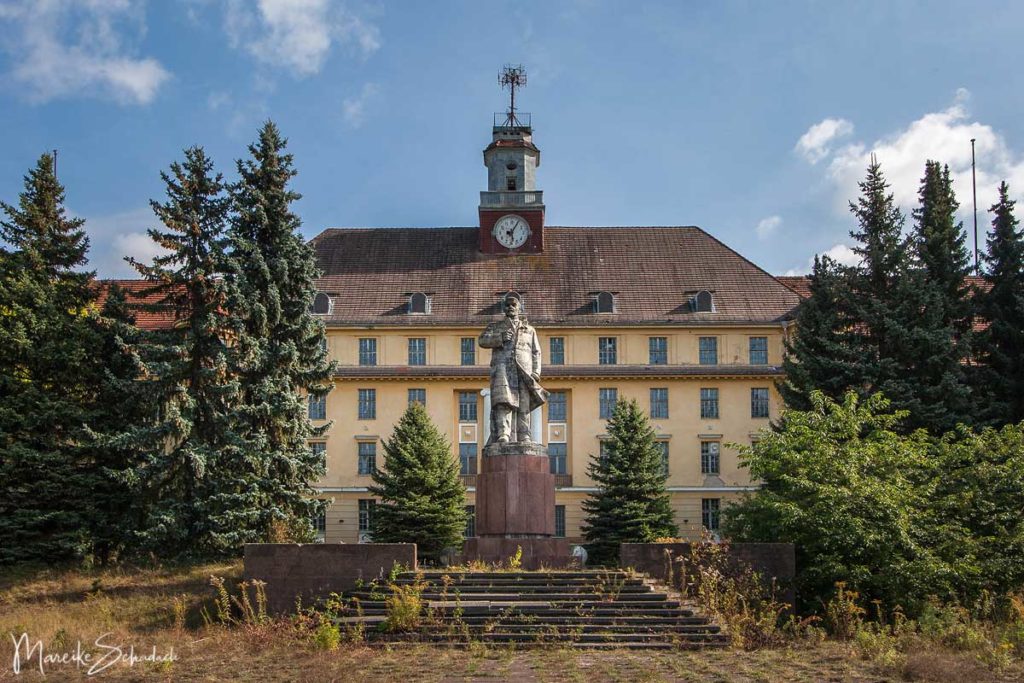



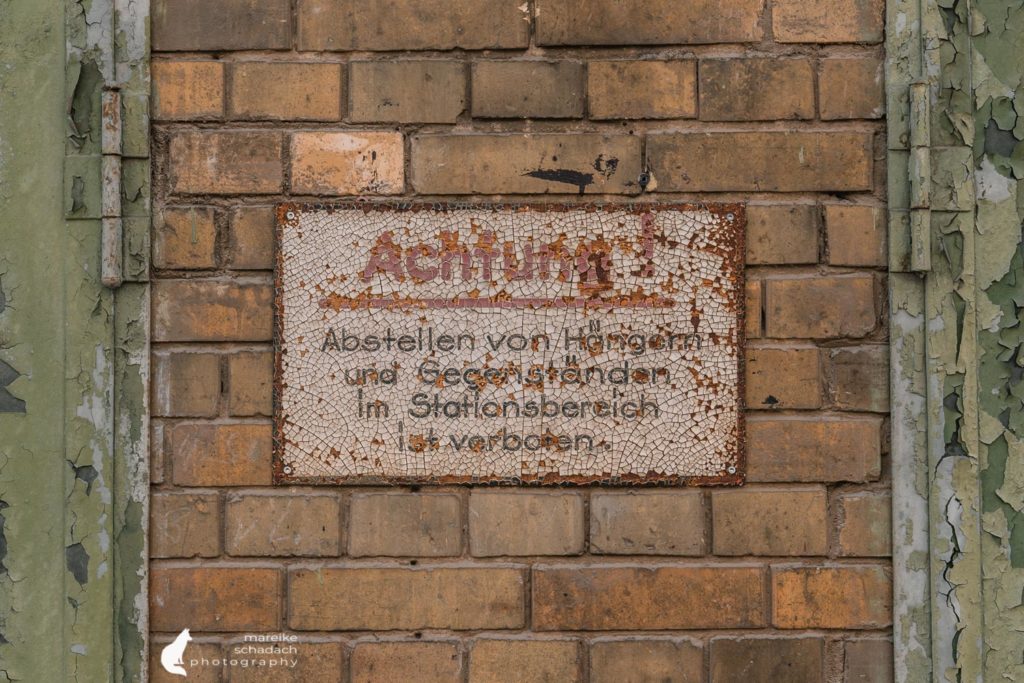

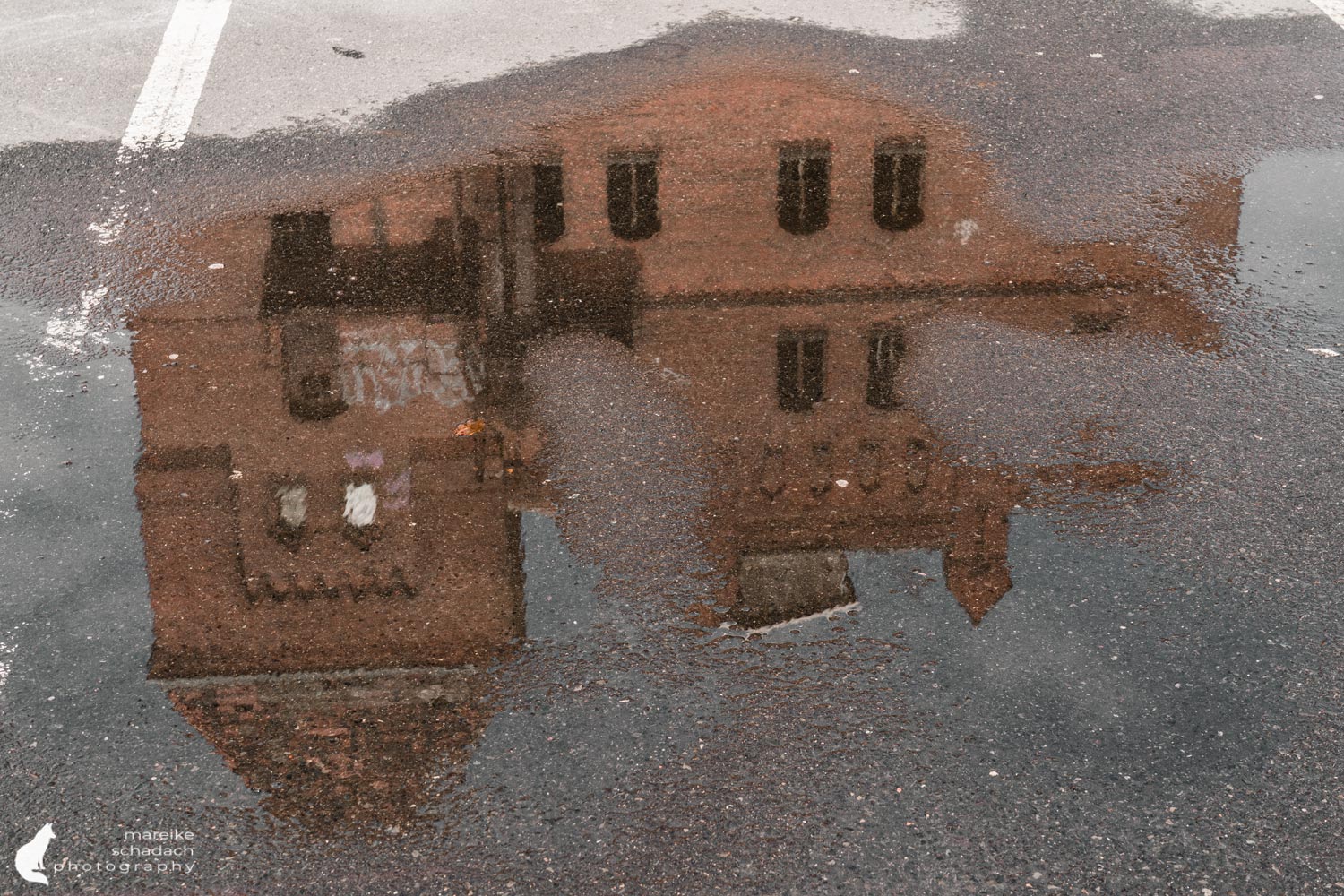
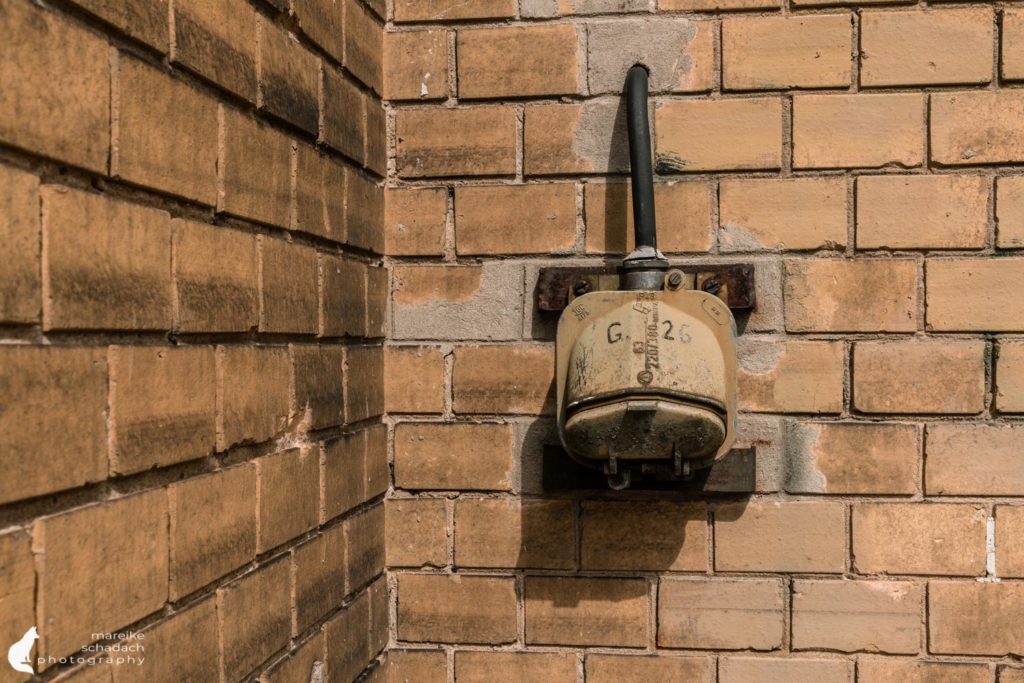
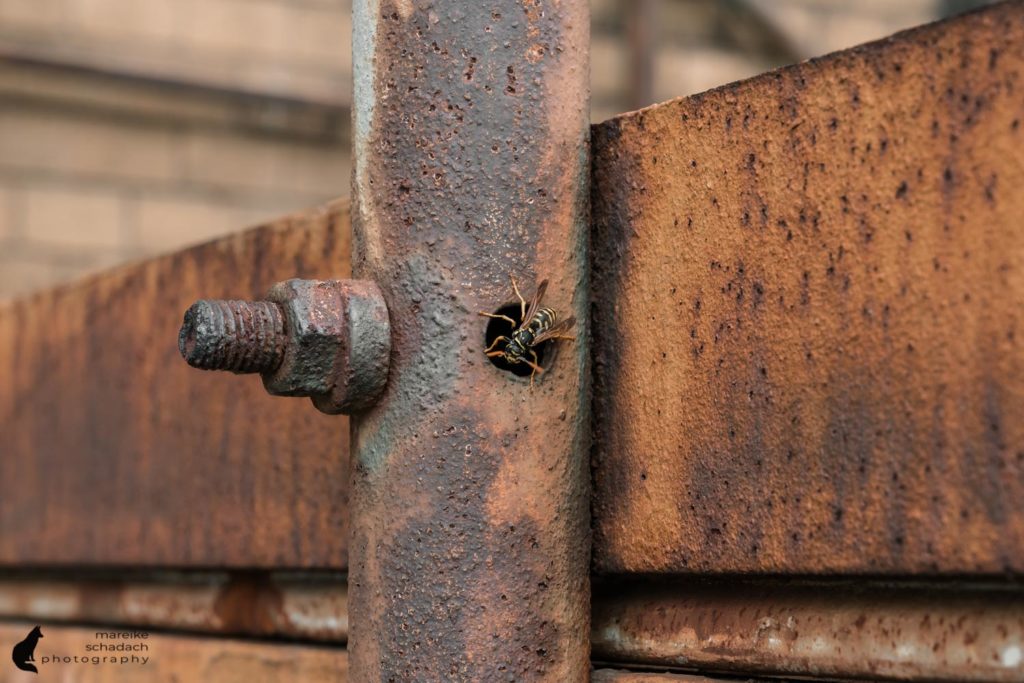

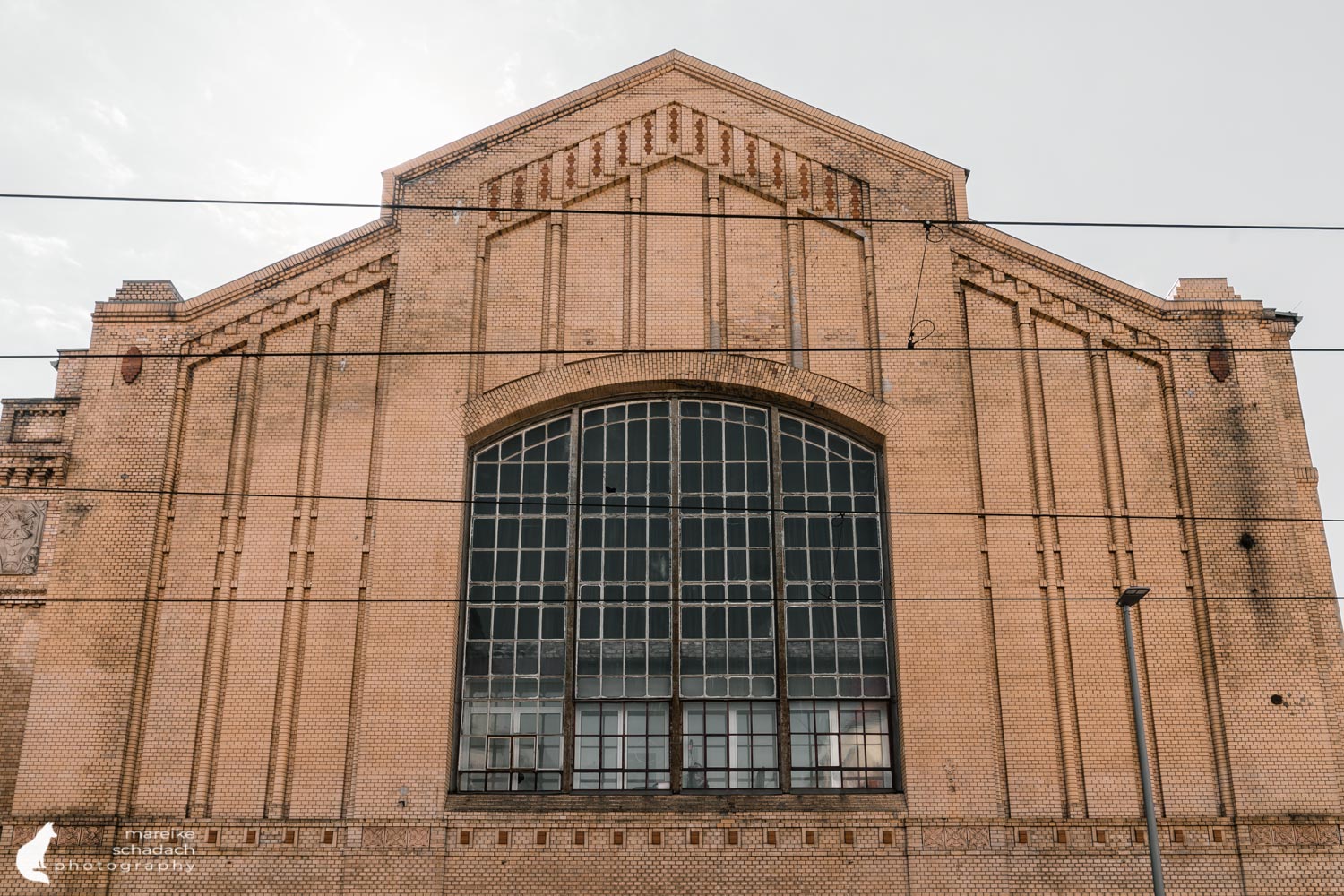
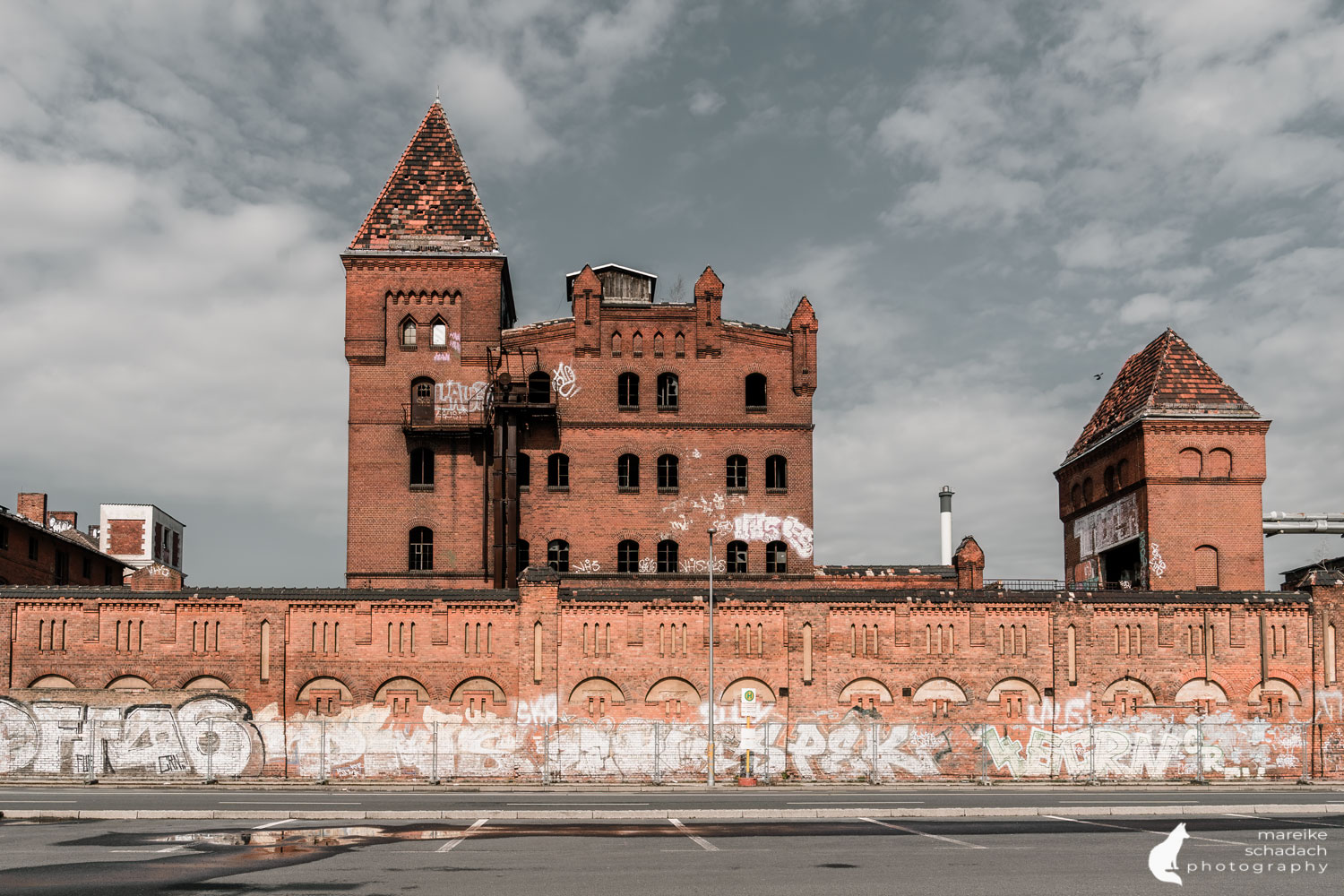

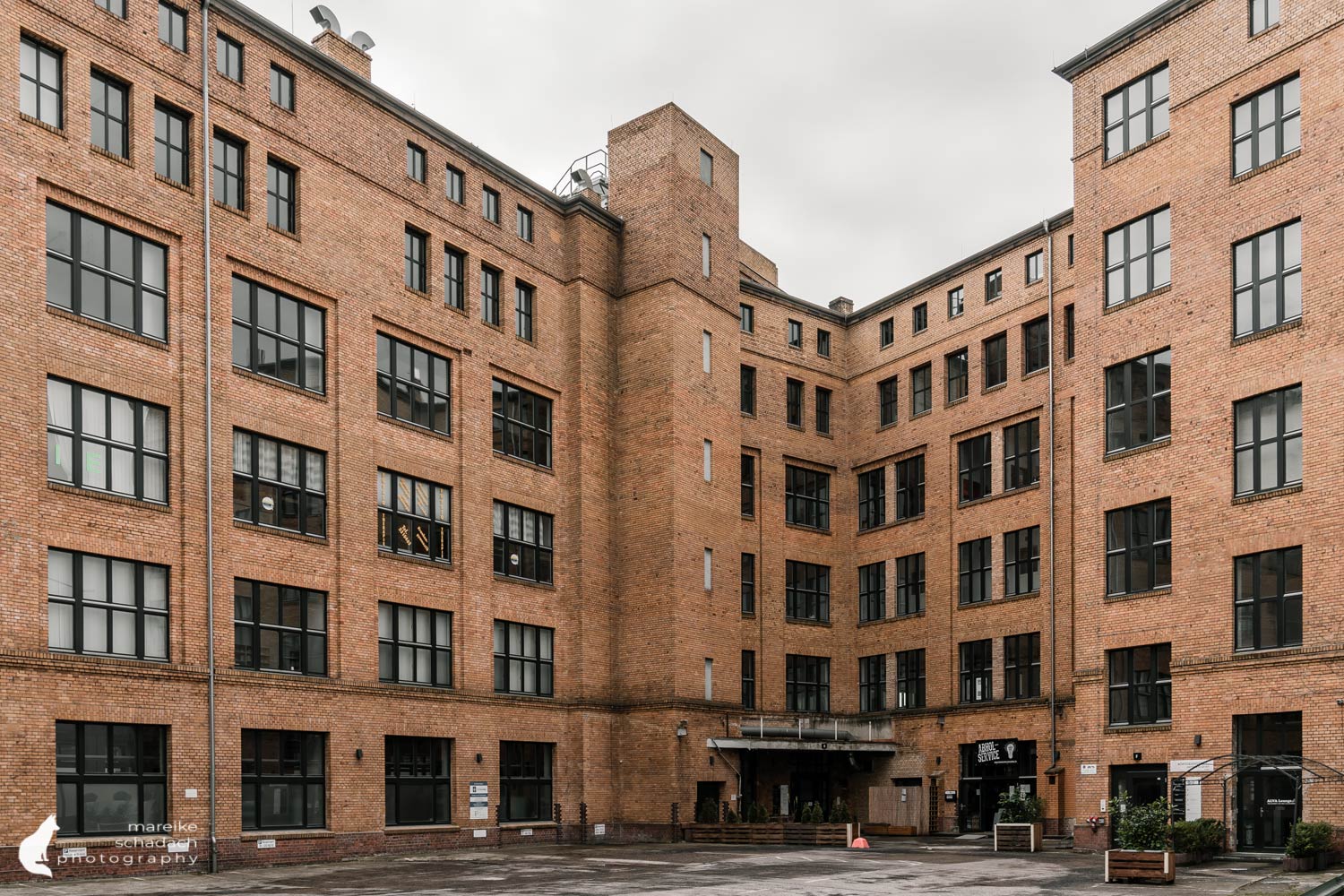
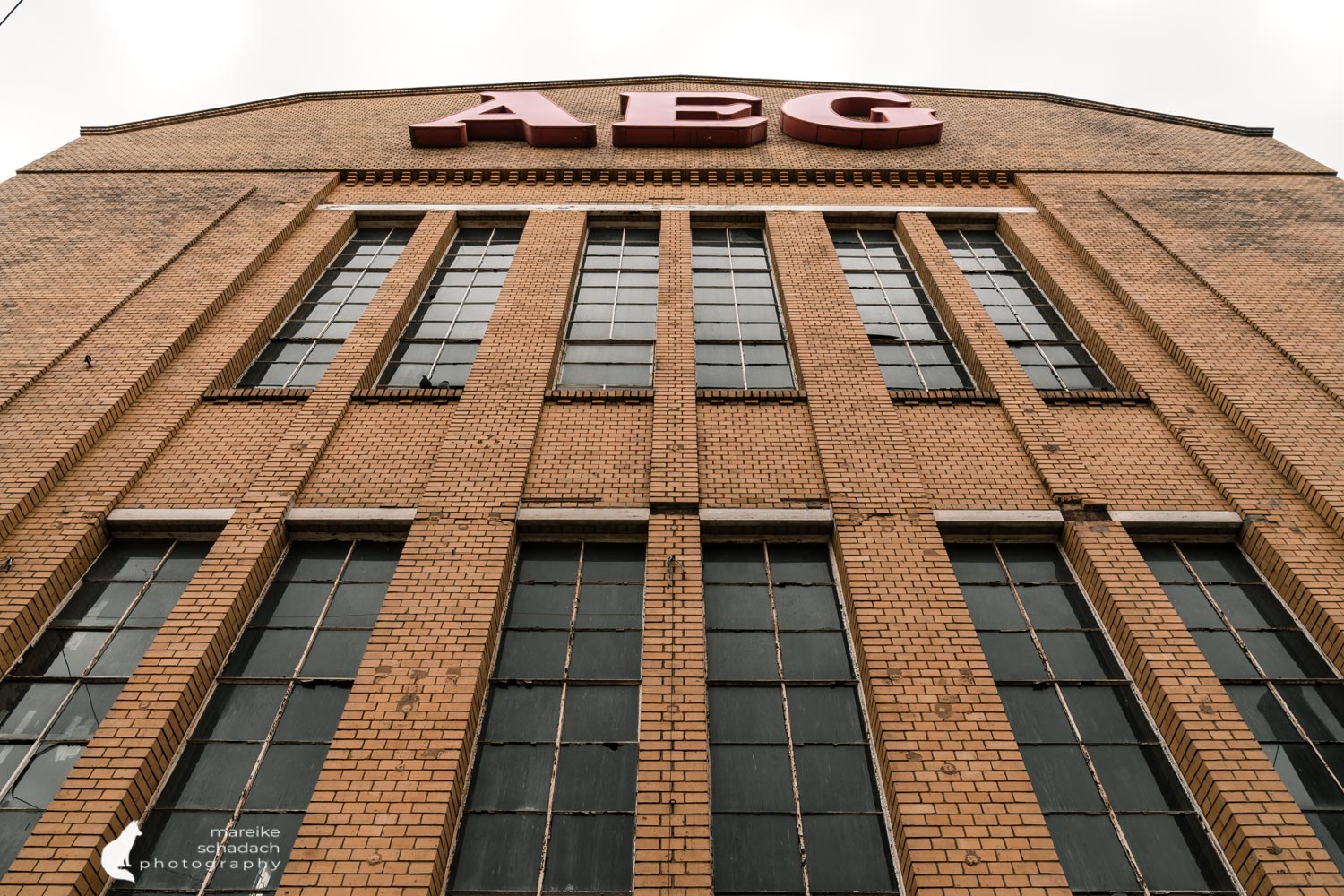
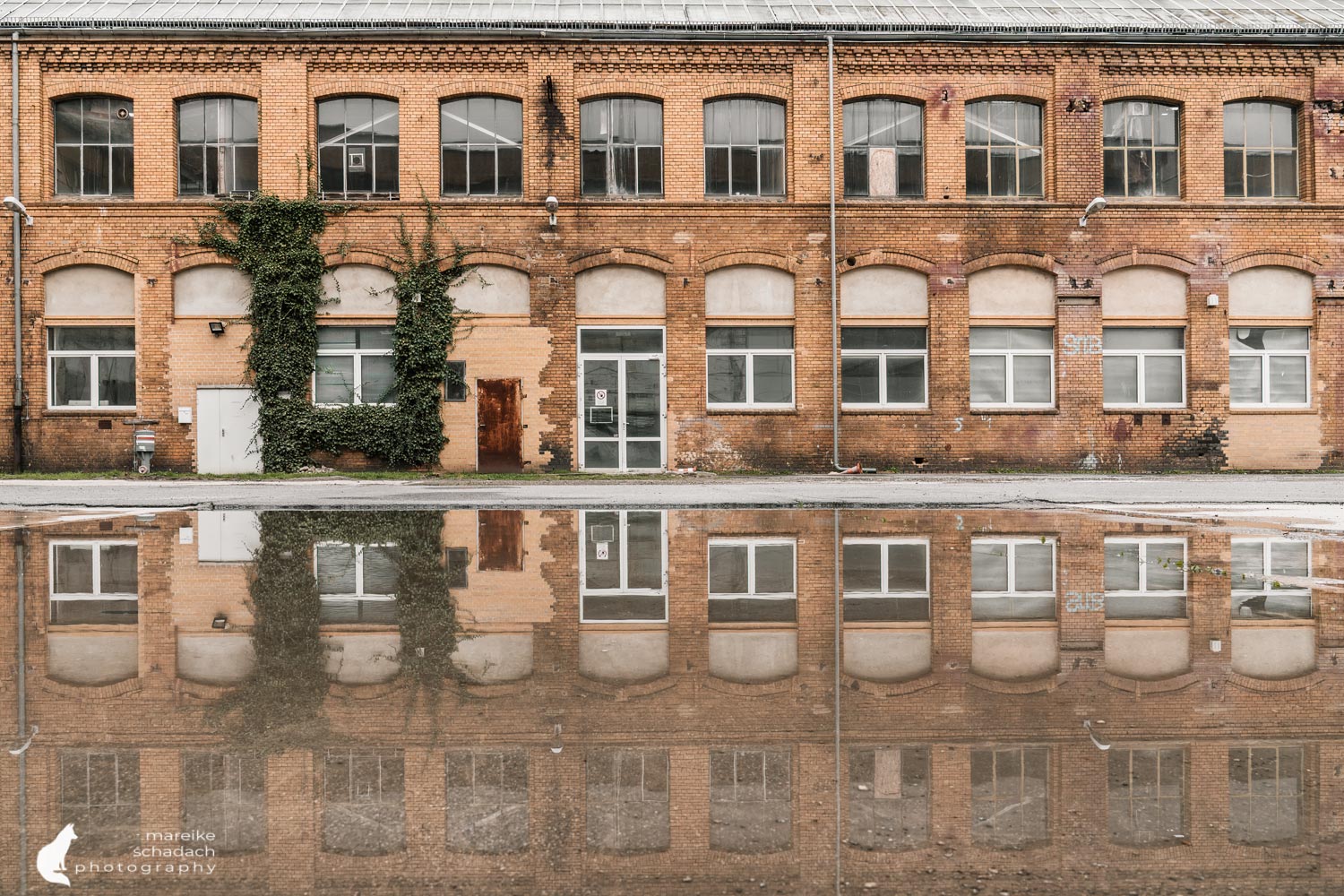
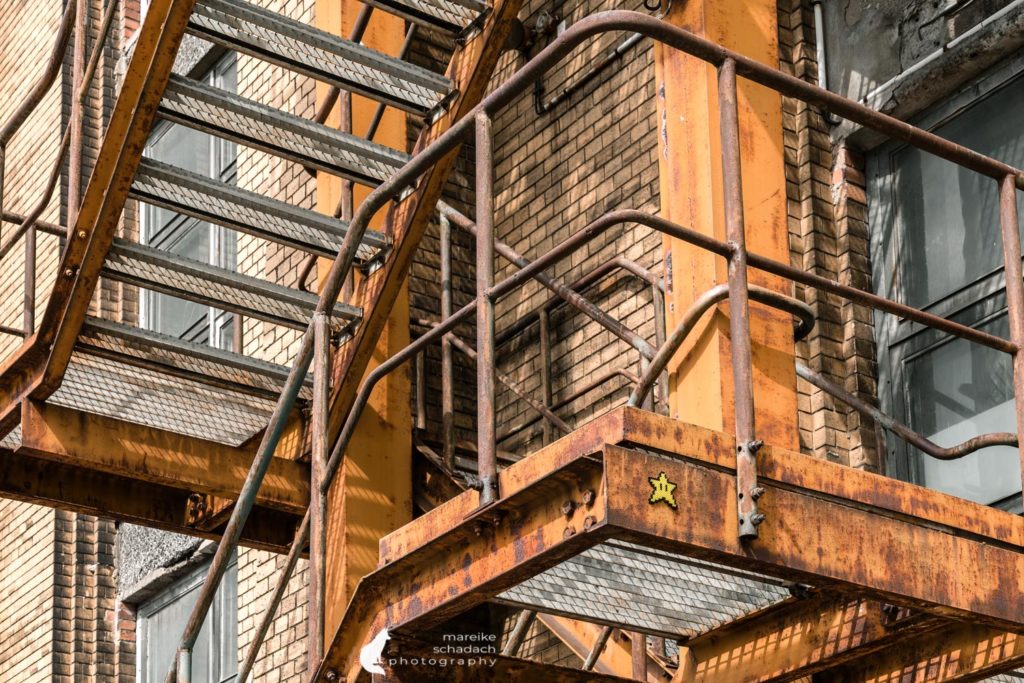

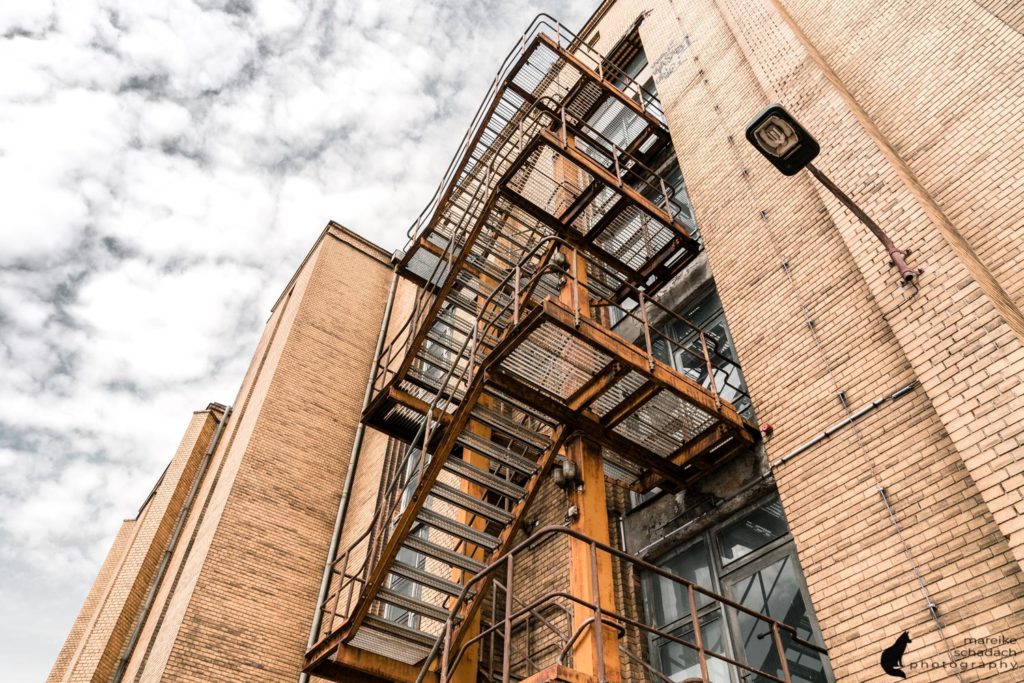


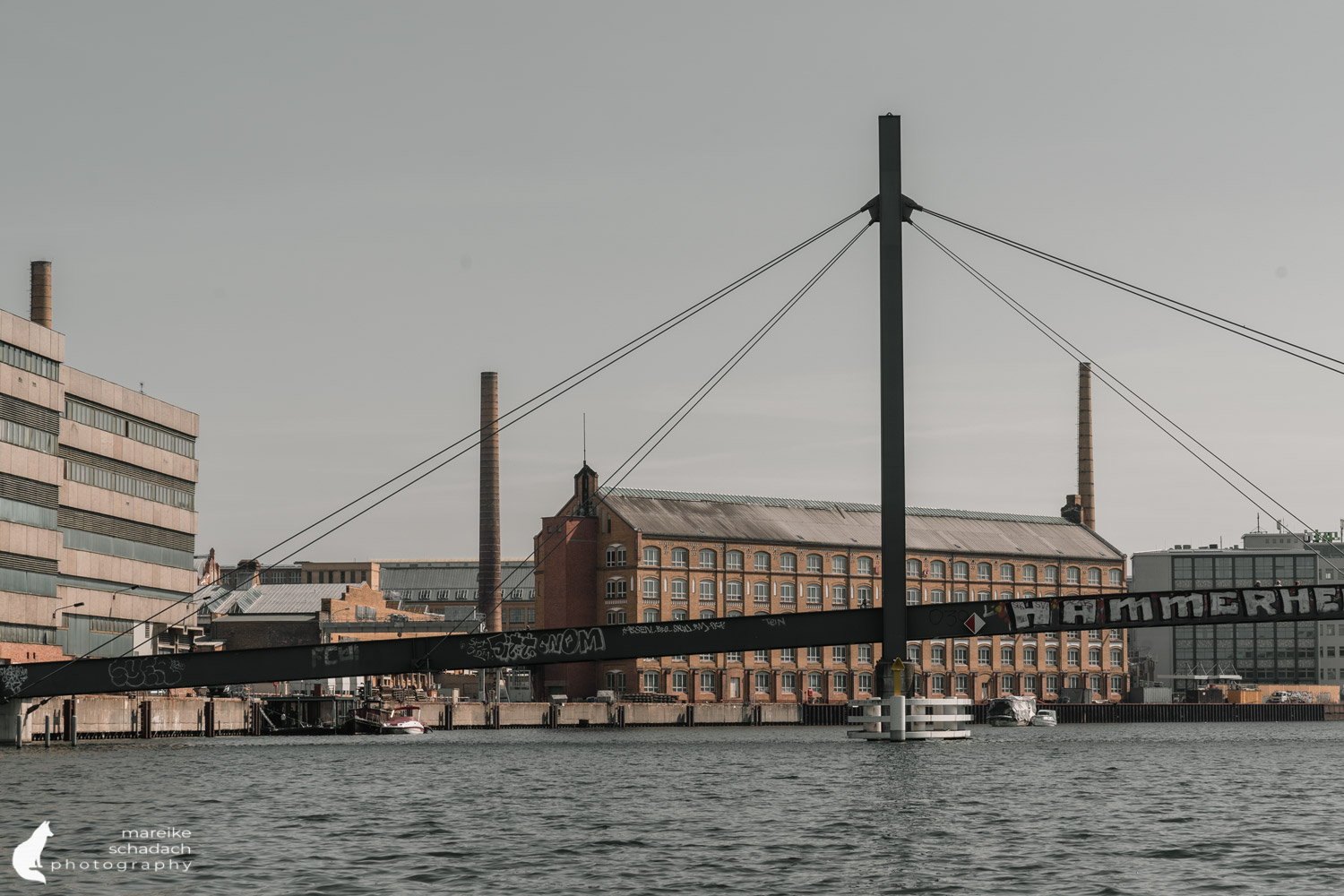

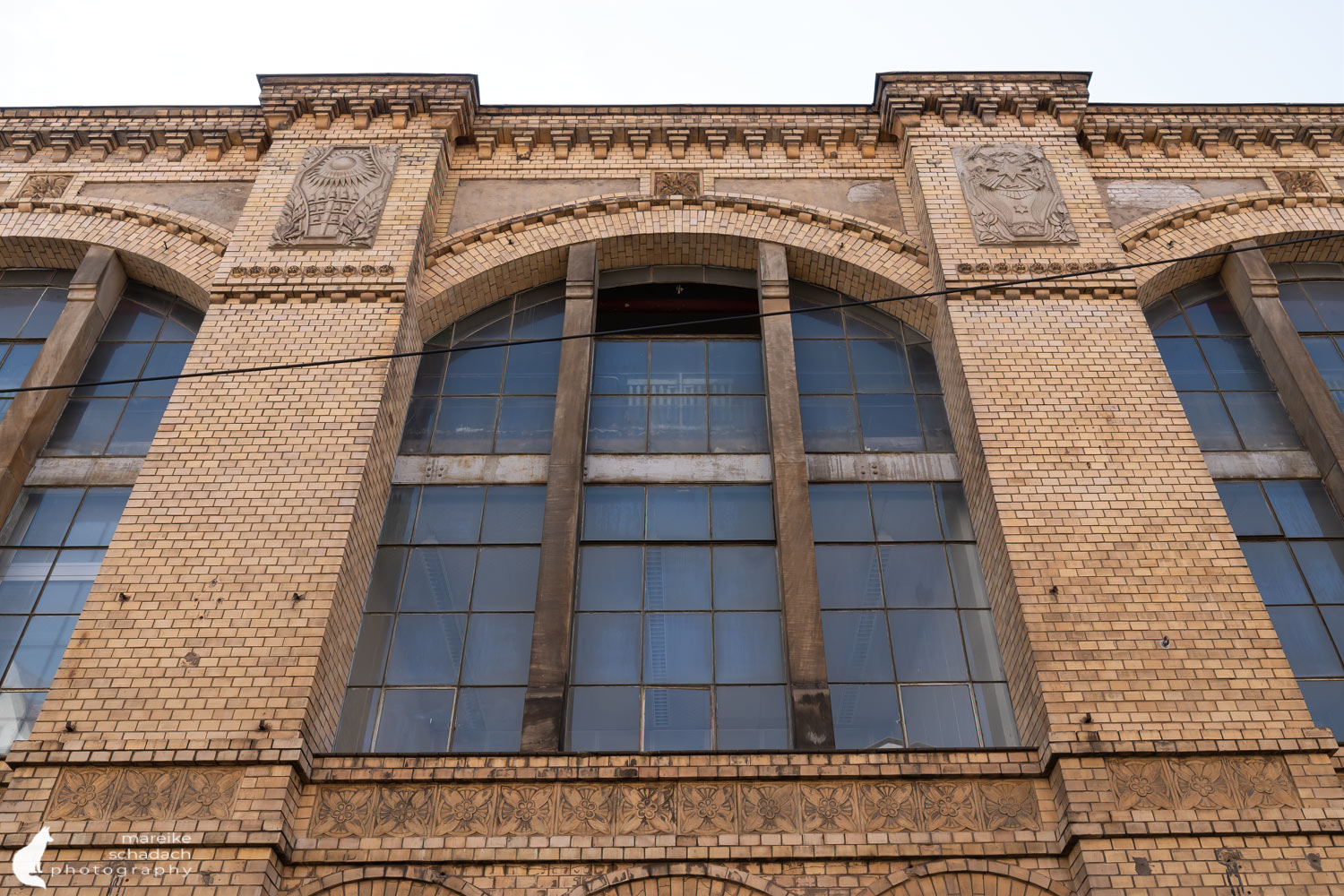
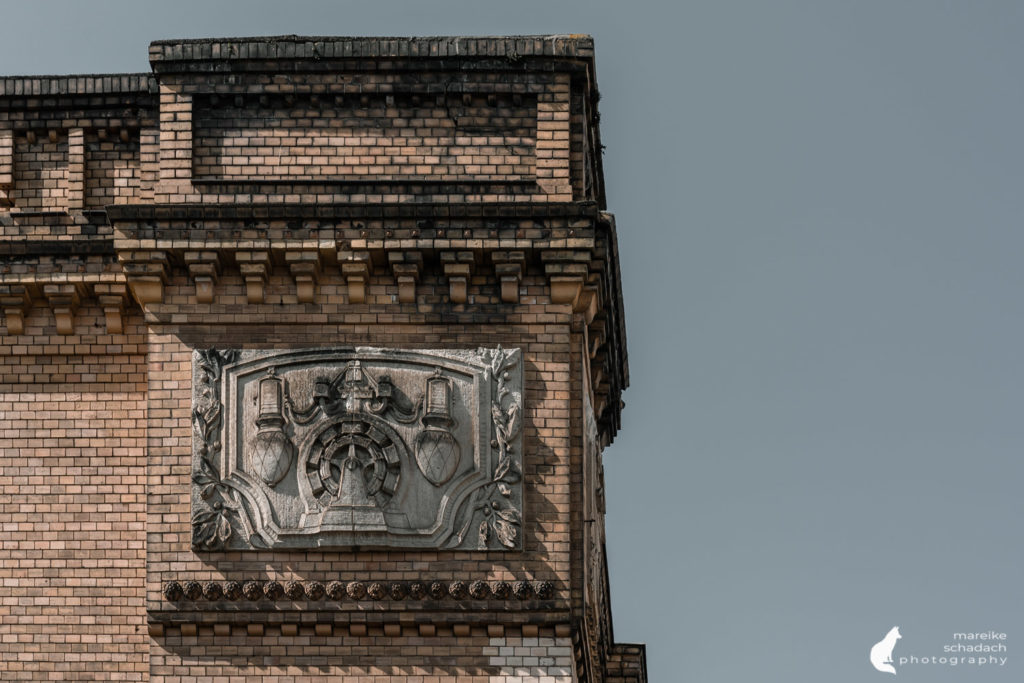
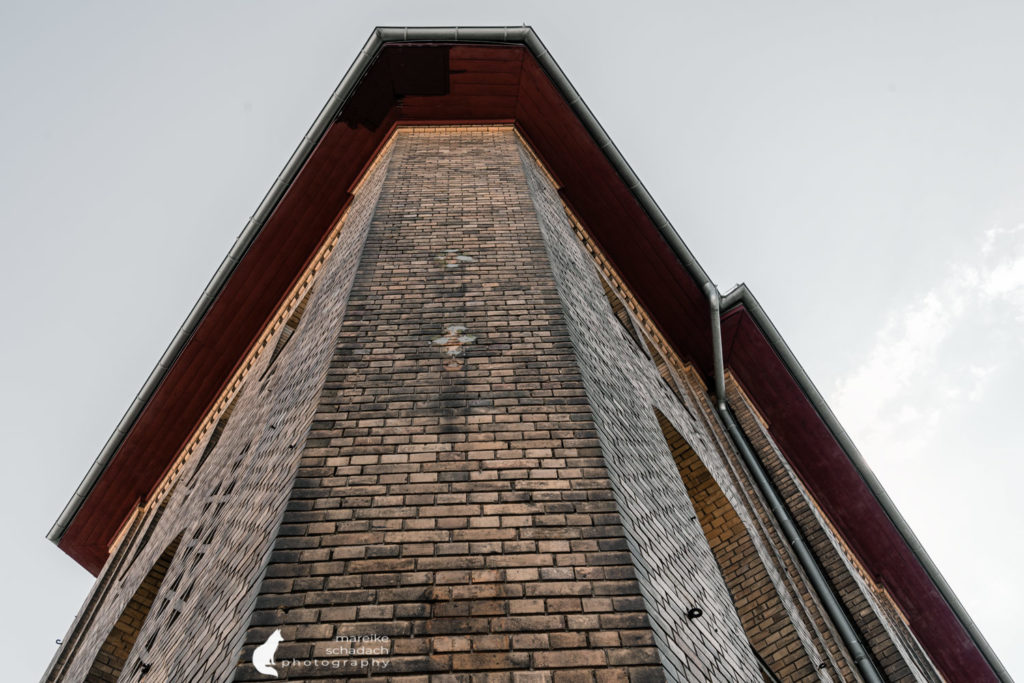
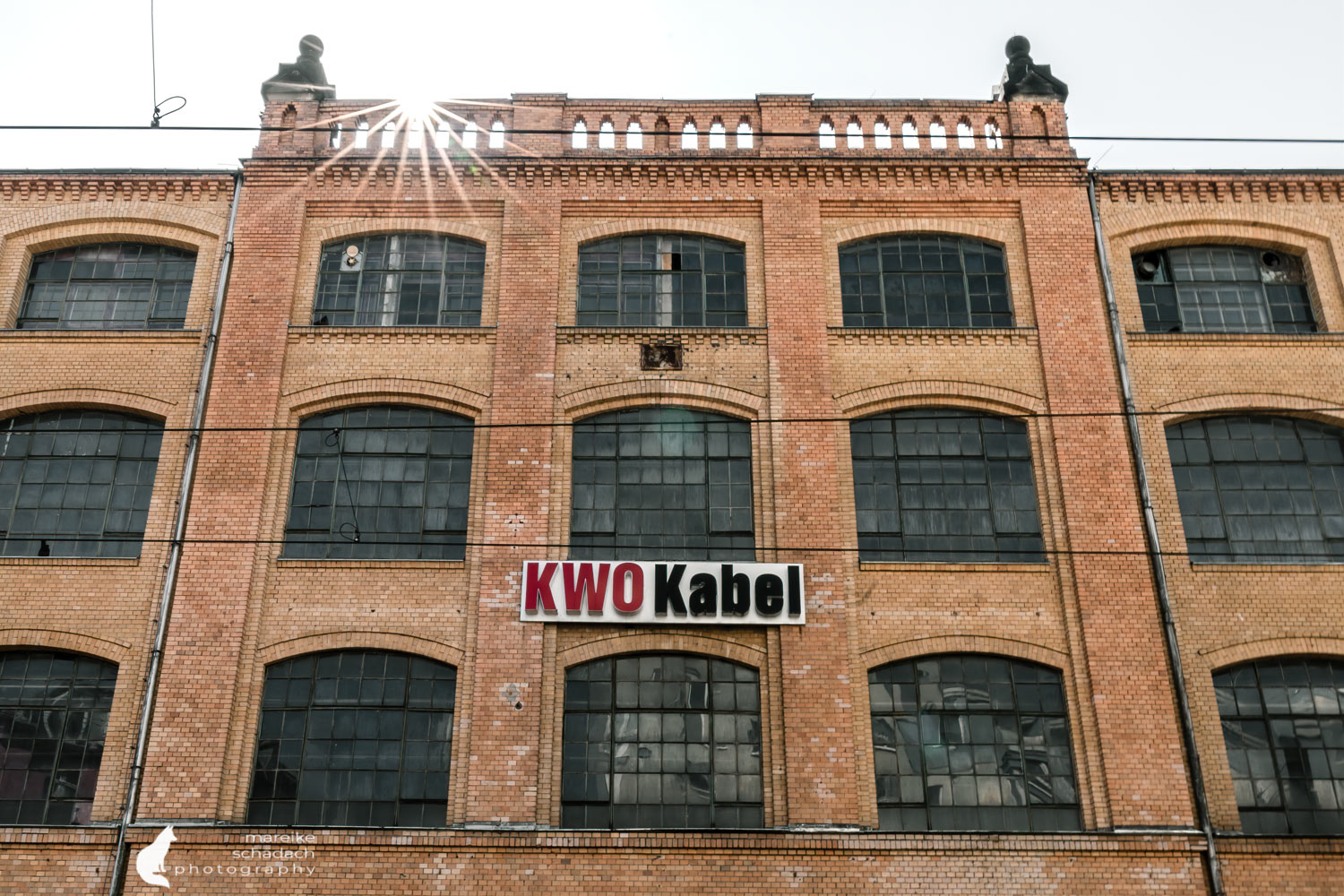



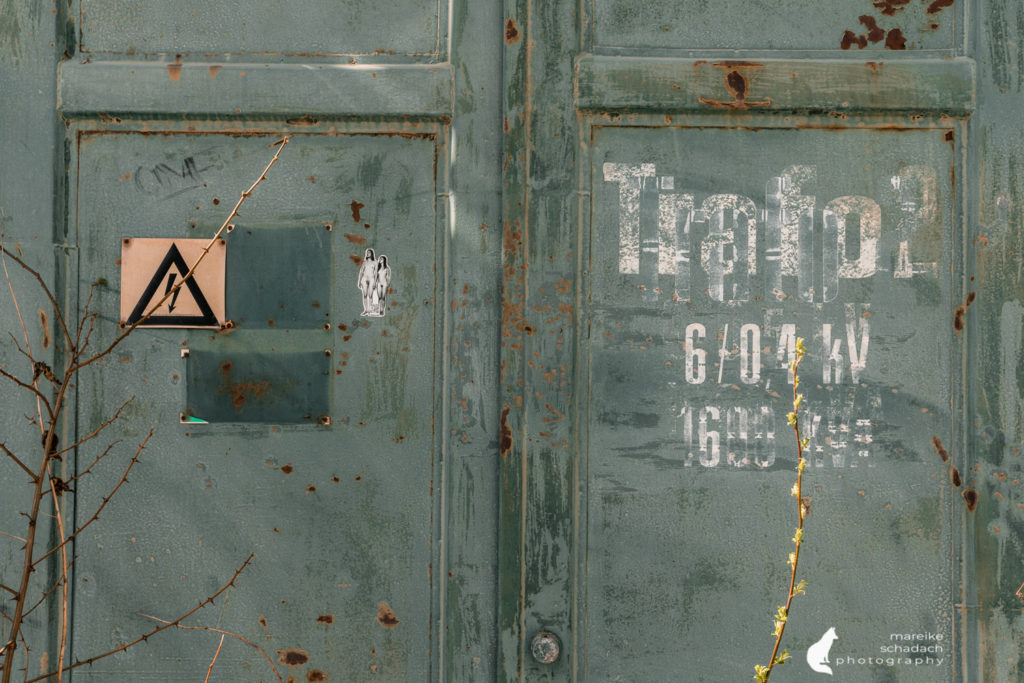



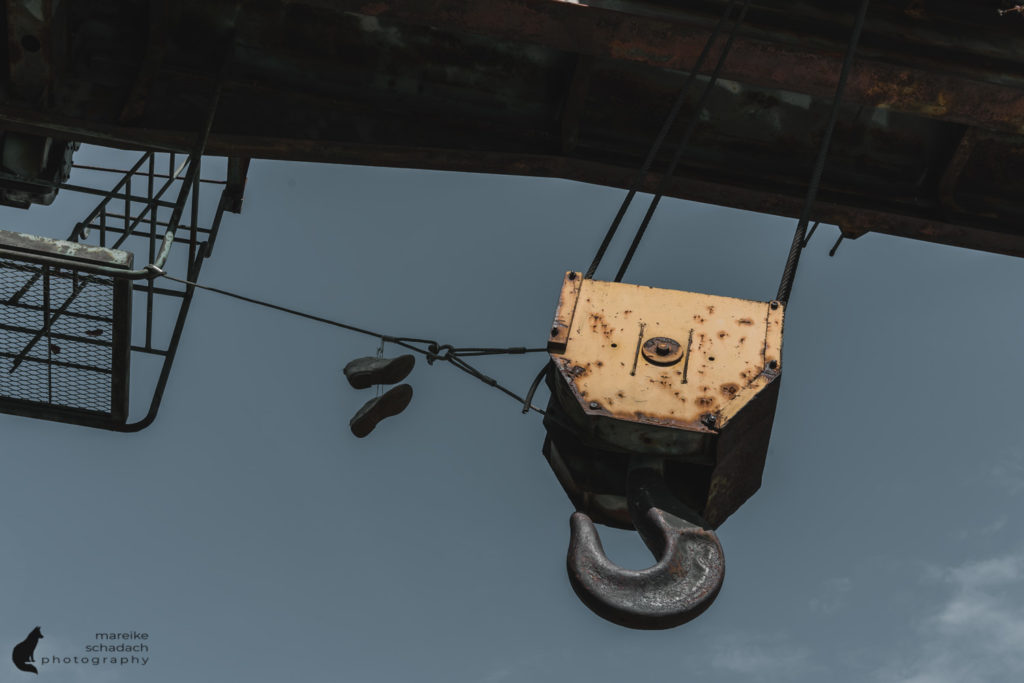




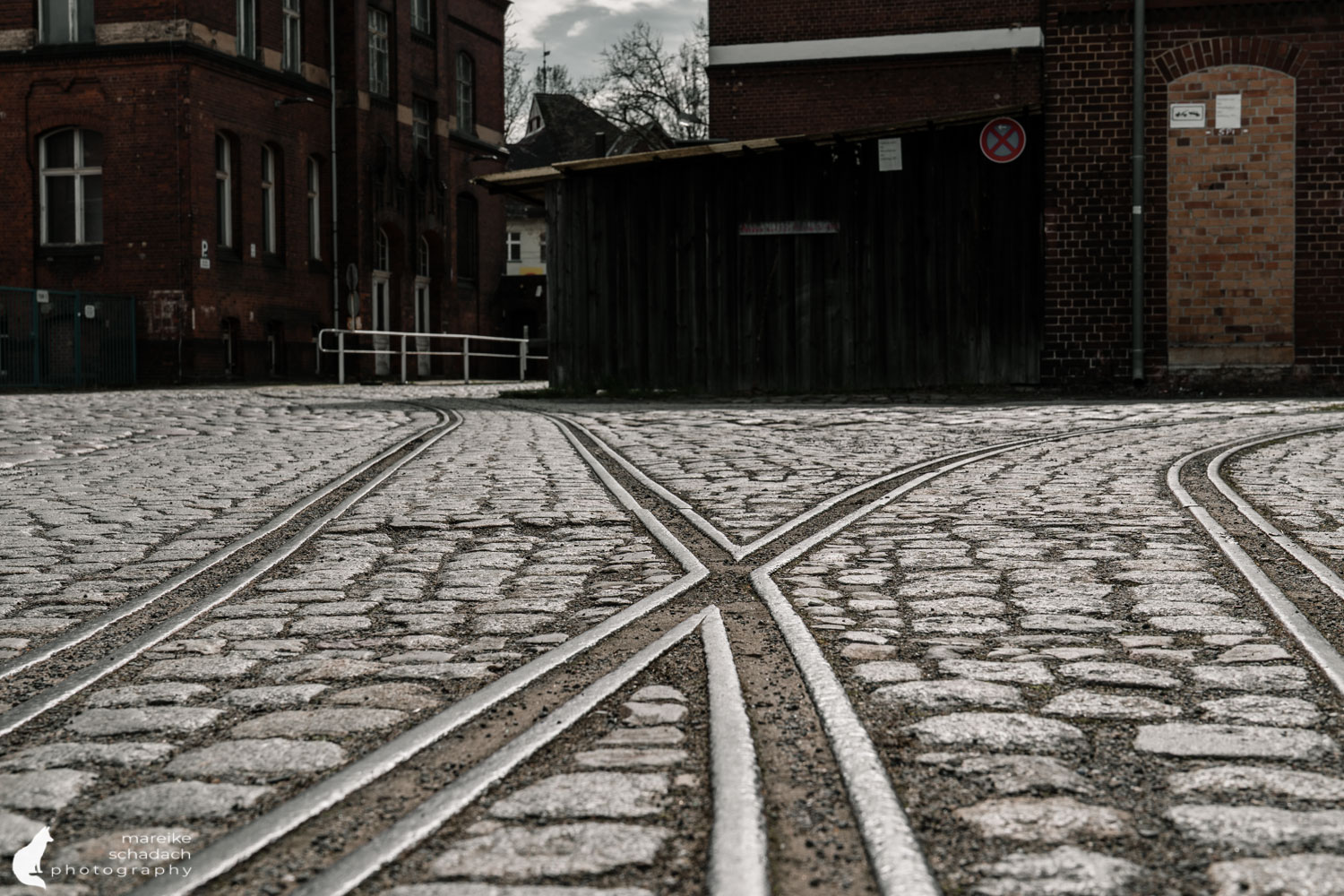
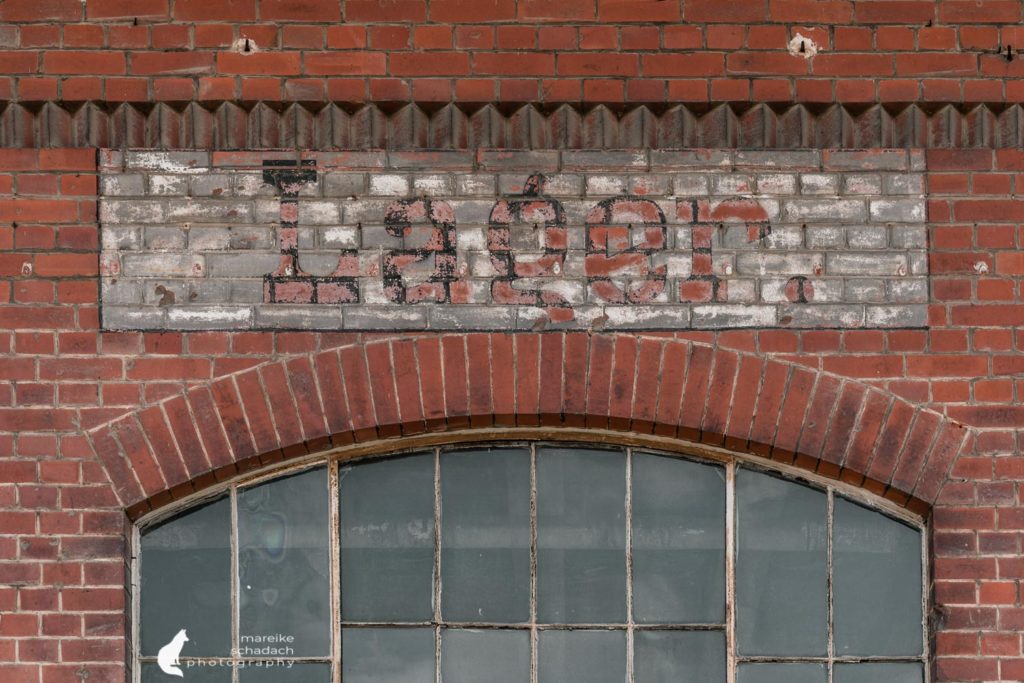
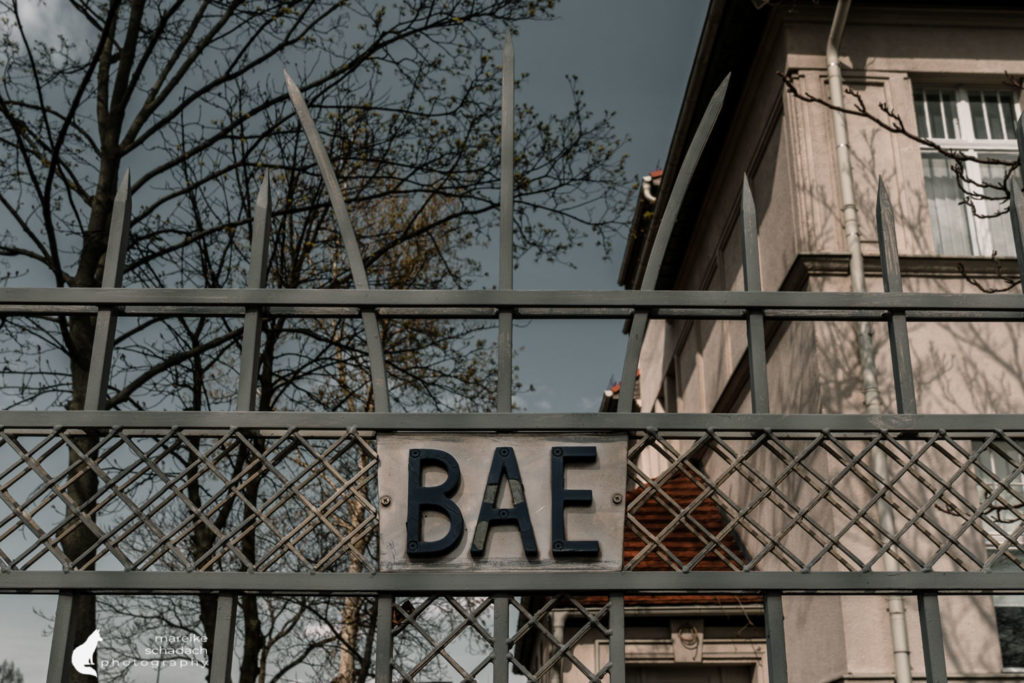
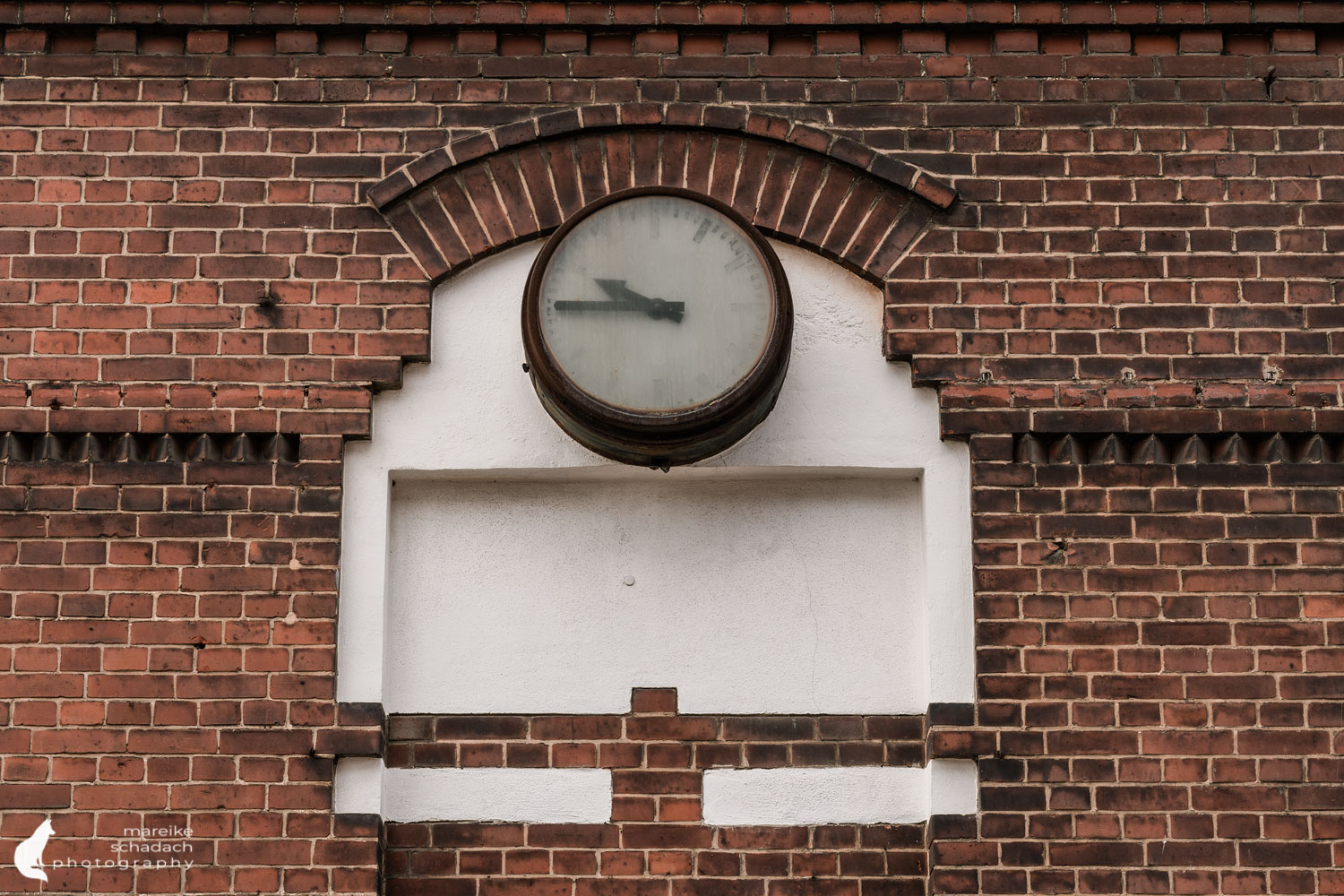




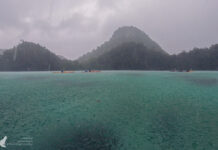



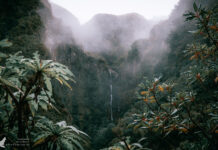

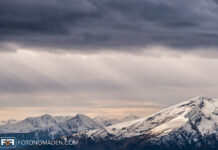
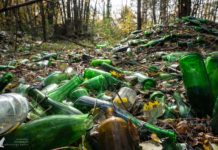

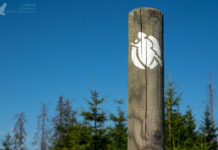
Super! Danke!!
Hey, freu mich, dass Dir mein Beitrag gefällt
Toller Beitrag, Mareike!
Freue mich schon auf die Führung (en) 😉
Schönes Wochenende!!
Gunter
Gunter! Danke für Dein Feedback!:-) Ich freu mich auch schon auf eine gemeinsame Tour durch Elektropolis – hoffentlich ist das bald wieder möglich! Hab noch einen schönen Sonntag, LG
Toller Bericht, danke. Gibts die Tour auch geführt bzw. wie kommt man überall hinein?
Viele Grüße zum 3. Advent.
Mirjam
Hallo Mirjam,
vielen Dank, freut mich, dass dir mein Bericht gefällt.
Das kann ich Dir leider nicht genau sagen, wie man rein kommt. Ich war zur Covid Zeit unterwegs, da war alles geschlossen. Ich weiß aber, dass es dort ein Museum gibt und ab und zu mal Ausstellungen in den Rathenau hallen. Dann soll es ganz oben im Behrens-Bau das Cafe geben und auch das Krancafe. Nach geführten Touren musst Du mal googeln, da gibt es bestimmt was.
Liebe Grüße
Mareike